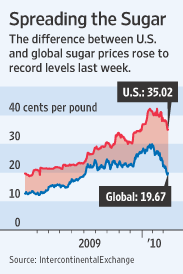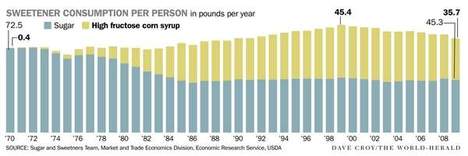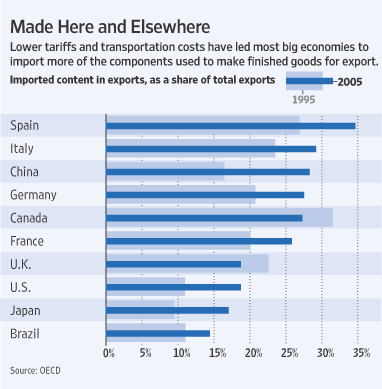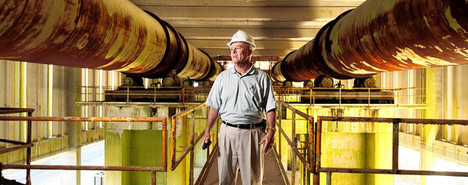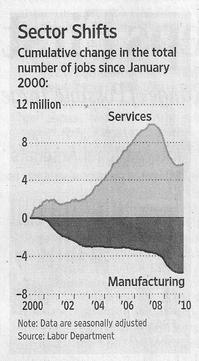Zheng He’s voyages of exploration were mentioned in a previous blog entry.
(p. C12) The real problem with contemporary China’s version of the Zheng He story is that it omits the ending. In the century after Zheng’s death in 1433, emperors cut back on shipbuilding and exploration. When private merchants replaced the old tribute trade, the central authorities banned those ships as well. Building a ship with more than two masts became a crime punishable by death. Going to sea in a multimasted ship, even to trade, was also forbidden. Zheng’s logs were hidden or destroyed, lest they encourage future expeditions. To the Confucians who controlled the court, writes Ms. Levathes, “a desire for contact with the outside world meant that China itself needed something from abroad and was therefore not strong and self-sufficient.”
Today’s globalized China has apparently abandoned that insular ideology. But it still clings to the centralized autocracy that could produce Zheng’s voyages in one generation only to destroy the technology and ambition they embodied in the next. It still officially celebrates “harmony” against the unruliness and competition that create sustained innovation. Its past would be more usable if it offered models of diversity and dissent or, at the very least, sanctuary from the all-or-nothing decisions of absolutist rule.
For the full commentary, see:
VIRGINIA POSTREL. “COMMERCE & CULTURE; Recovering China’s Past on Kenya’s Coast.” The Wall Street Journal (Sat., DECEMBER 4, 2010): C12.







